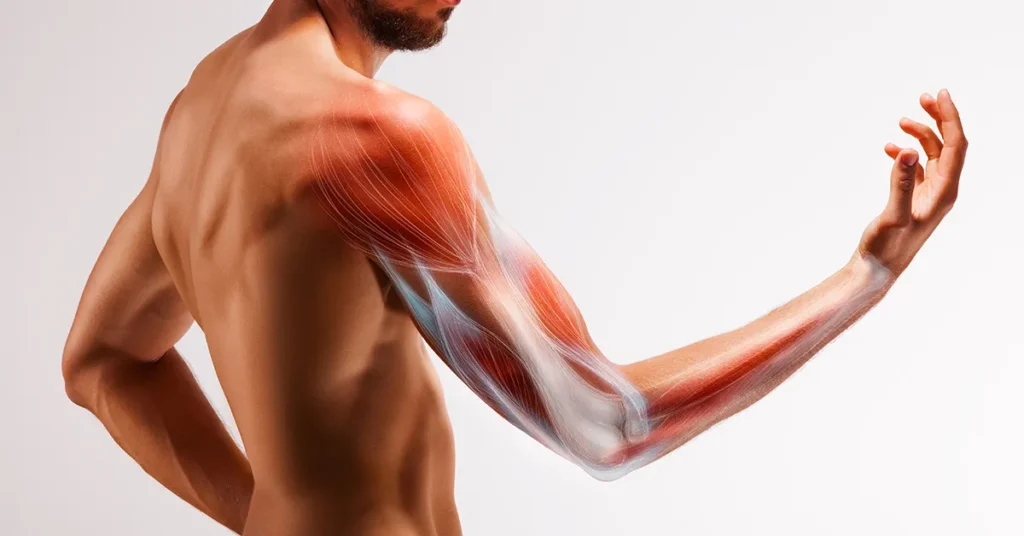
Introduction
Bicep tendonitis is a condition that brings discomfort to the upper arm and shoulder area, stemming from inflammation and irritation in the tendons connecting the bicep muscles to the shoulder joint. In this article, we delve into bicep tendonitis, uncovering its origins, the grading system for its severity, and how physiotherapy can provide relief and healing.
Understanding Bicep Tendonitis
Bicep tendonitis often arises from repetitive motions or overuse of the bicep muscles and tendons. Individuals engaged in activities with repeated arm movements, such as throwing, weightlifting, or sports like tennis and baseball, are particularly vulnerable. Additionally, age-related wear and tear of tendons contribute to its development.
Causes of Bicep Tendonitis
Numerous factors increase the risk of bicep tendonitis. These encompass poor posture, shoulder instability, muscle imbalances, prior shoulder injuries, and medical conditions like rheumatoid arthritis. Furthermore, improper techniques during physical activities and insufficient warm-ups or stretches can trigger this condition.
Grades of Bicep Tendonitis
Bicep tendonitis is classified into grades based on its severity, assisting healthcare professionals in understanding the extent of damage and selecting suitable treatments.
- Grade 1: Mild inflammation and tenderness with minimal strength or range of motion loss.
- Grade 2: Moderate inflammation, tenderness, limited range of motion, and potential strength decrease.
- Grade 3: Severe inflammation, accompanied by significant pain, weakness, and limited range of motion.
Physiotherapy Treatment
Physiotherapy emerges as a cornerstone in the treatment of bicep tendonitis, regardless of its grade. The primary objectives of physiotherapy are pain and inflammation reduction, strength and flexibility improvement, and full function restoration.
- Modalities such as ice therapy, heat therapy, and ultrasound are deployed to alleviate pain and inflammation.
- Manual therapy techniques, including joint mobilization and soft tissue massage, aim to ease muscle tension around the bicep tendons.
- Therapeutic exercises form a central aspect of physiotherapy for bicep tendonitis. These exercises strengthen shoulder and bicep muscles while enhancing flexibility and range of motion. Tailored to individual needs, exercises encompass stretches, resistance training, and functional movements.
- Education and advice are integral to physiotherapy for bicep tendonitis. Physiotherapists offer guidance on maintaining correct posture, modifying techniques during activities that could exacerbate the condition, and emphasizing proper warm-up and stretching routines.
Conclusion
In Conclusion: Bicep tendonitis may pose challenges, but with the right physiotherapy approach, recovery and relief are attainable. The journey to healing involves reducing inflammation, improving muscle strength and flexibility, and gaining a deeper understanding of how to prevent future recurrences. Physiotherapy stands as a beacon of hope on the path to healing bicep tendonitis and restoring a fulfilling life.
